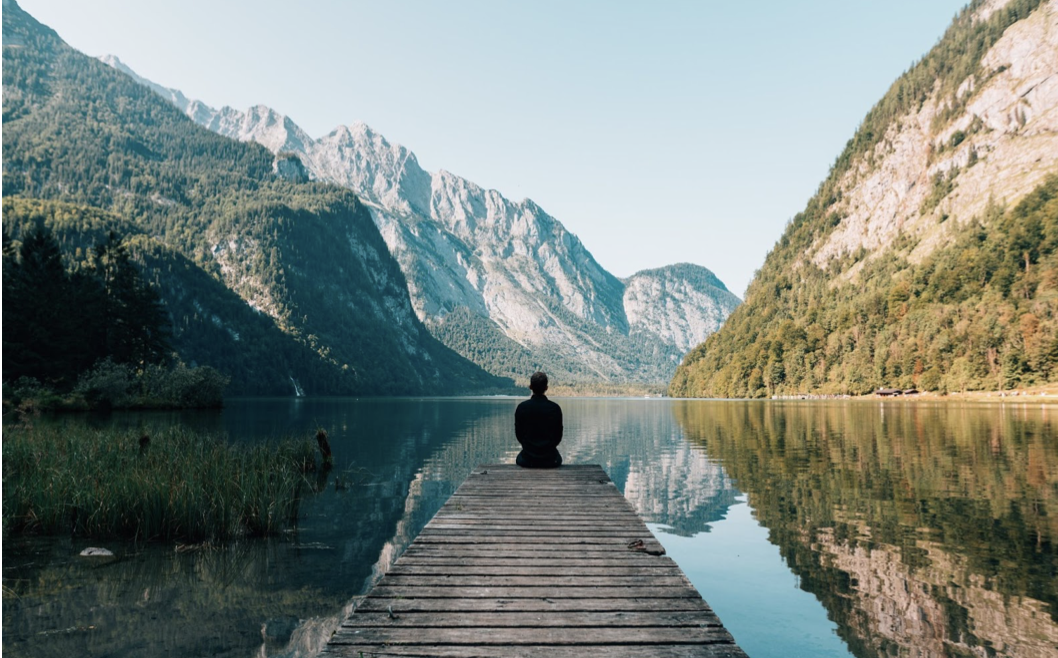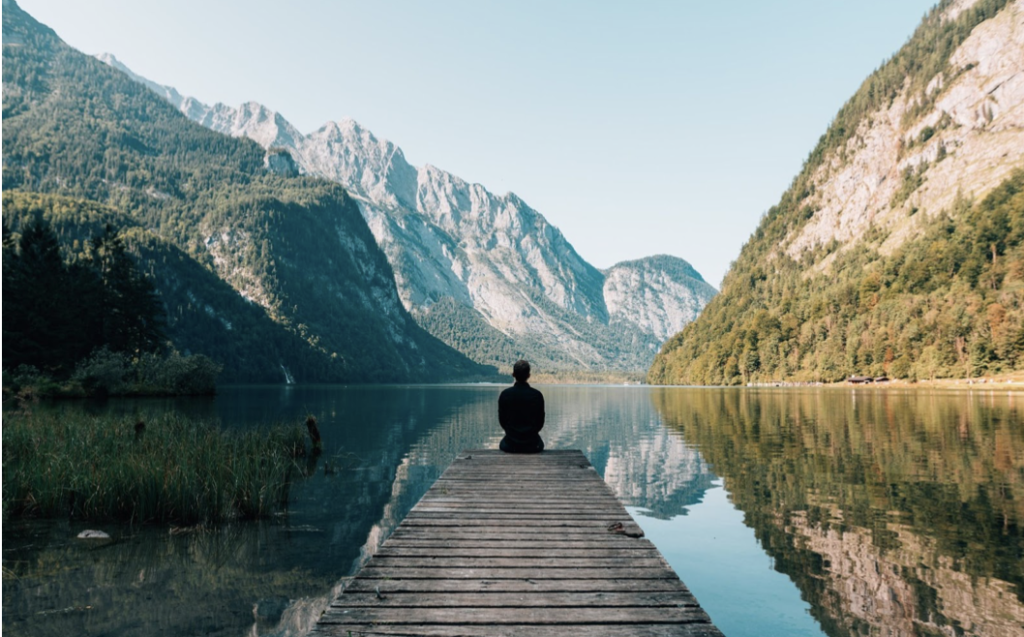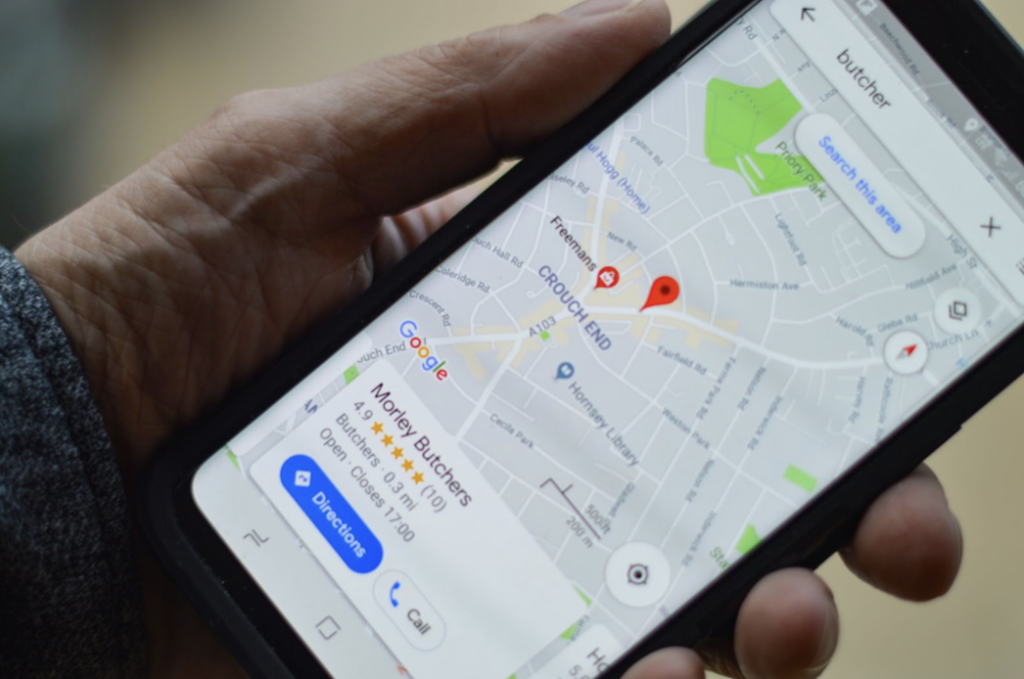
COVID-19 Recovery: Trends in Tourism
The tourism industry has shifted as a result of the pandemic
The summer of 2020 gave everyone hope of a quick recovery for the tourism industry, as COVID-19 cases seemed to drop across the globe and countries dependent on tourism eagerly opened their borders to travelers again. As many experts predicted, cases began to rise in the fall and the world saw a new and more intense wave of the pandemic, and the most cautious of countries like Australia and New Zealand announced their borders would remain shut until at least 2022. Now, more than a year after the pandemic began, the best outcome seems to be a return to pre-pandemic levels of travel by 2023 at the earliest.
The COVID-19 pandemic has highlighted both the fragility of the tourism industry and its global importance: once representing 1 in 10 jobs and the 2nd fastest growing industry in the world, its near overnight shutdown left many destinations reeling. The beginning of vaccine rollout has given the tourism industry new hope for Covid-19 recovery and a safe return to travel. Already a growing number of countries have started to ease restrictions on travel which is one of the first steps to rebuild tourism and welcome guests. Now the main topic that keeps popping up in every conversation is that the industry cannot go back to ‘normal’–it must become more sustainable and resilient than before.
As much as the whole world is trying to fight the pandemic, countries are developing their own strategies to ensure fast recovery and support the tourism industry. For instance, New Zealand has decided to close its borders completely from April 2020, without any further notice. Meanwhile, countries like Georgia have chosen to welcome tourists who are either fully vaccinated or can show a negative PCR test result at the border. Despite a huge difference in the steps taken to fight the pandemic and keep the tourism industry alive, a few trends seem to be on most countries’ agendas.
Domestic travel

Recovery might be slow and highly dependent on countries’ domestic tourism, thus many countries are actively reimagining their tourism sectors, supply chain management, and strategies. It is predicted that domestic tourism will return to its pre-crisis levels one or two years earlier than outbound travel. This is understandable as travel restrictions are significantly less for domestic travel, no Covid tests or vaccines are needed prior to travel, and people generally feel safer when being close to their homes. Countries tend to communicate with their own residents to discover homelands or neighboring countries and support local businesses.
Sustainability and Resilience

The discussion about sustainable tourism has been active long before Covid-19. However, the current situation has put extra emphasis on the fact that the industry needs to change and take multiple aspects into consideration. Now more than ever, topics such as environmental protection, workforce development, community building, economic security and capacity building are on every country’s agenda. The need for a diverse tourism industry that is not only dependent on outside factors has become very clear.
Read more about community based tourism in our article about the lessons from Timor-Leste.
Digitalization

In the world of social and physical distance where almost every aspect of human lives has moved online, the tourism industry has also actively shifted towards digitalization. The destinations are using social media platforms to communicate with potential customers, spread information and inspire them to choose particular holidays. Content creation has become one of the main tasks of tourism industry members.. Web platforms such as booking.com, airbnb.com, expedia.com, maps.google.com, etc. are nothing new to the planning phase for travelers. Using digital tools to conduct business and communicate with suppliers, contractors and generally plan the business side of the tourism industry has also been increased. The newest addition to the digitization process of the industry would be the digital products and services the travelers are receiving in this Covid era. Things like 3D virtual travel, digital guidebooks, online menus, travel planning apps are getting more popular and push the industry towards even bigger digital transformation.
Solimar International has built a website for Lewis and Clark National Trail, which is one of the great examples of how the industry can benefit from digital tools. The website includes content about almost 1,000 points of interest that was written and submitted by local experts who know the area best.
For more information, check out the project insights about Lewis and Clark National Historic Trail.
Emphasis on ‘safe’
Being safe is on every traveler’s agenda during the pandemic. There is no joy in traveling when the risk is as high as death and putting others at risk, so countries trying to open up for tourists put extra emphasis on being a safe travel destination. Countries do everything in their power to market themselves as Covid-free destinations, showcase the fact that all the guidelines are strictly followed, the staff is either fully vaccinated or tested regularly and that tourists will have a clean and disinfected environment all the time. In the hope of restoring traveler confidence, the destinations try to make safety their number one priority.
Undiscovered gems and less crowded areas
Another concept that keeps repeating in the messages that the destinations are sending out to the visitors is ‘less crowded’ or ‘undiscovered gem’. Today, people can feel uneasy being around too many people, and no one is happy about thinking of huge lines in front of the museums and packed cafes or restaurants. Therefore, destinations are actively promoting areas that are less crowded and still undiscovered, where travelers can keep their distance and still enjoy their holidays.
Southern Tanzania is for instance one of the emerging destinations, welcoming tourists from all over the world. The majority of tourism to Tanzania is currently focused on the Northern and Eastern regions of the country. The Southern Circuit parks which are less visited at the moment, are home to incredible wildlife, including 10% of the world’s lion population and the most bird species found in the country. Visitors can enjoy fascinating scenery, authentic experiences with local communities, stunning beach and marine attractions along the Indian Ocean coastline.
For more, the UNWTO has published a Covid-19 Tourism Recovery Tracker that compiles all the relevant data in one place, giving governments and the private businesses the ability to track the recovery of tourism at global and regional level, alongside information on the top destinations for international tourism. It covers key tourism performance indicators by month, regions and subregions allowing for a real time comparison of the sector recovery across the world and industries. Follow the link to check out the tracker:
https://www.unwto.org/unwto-tourism-recovery-tracker
Tags: Destination Management Organization, DMO, DMO development, Tourism trends
